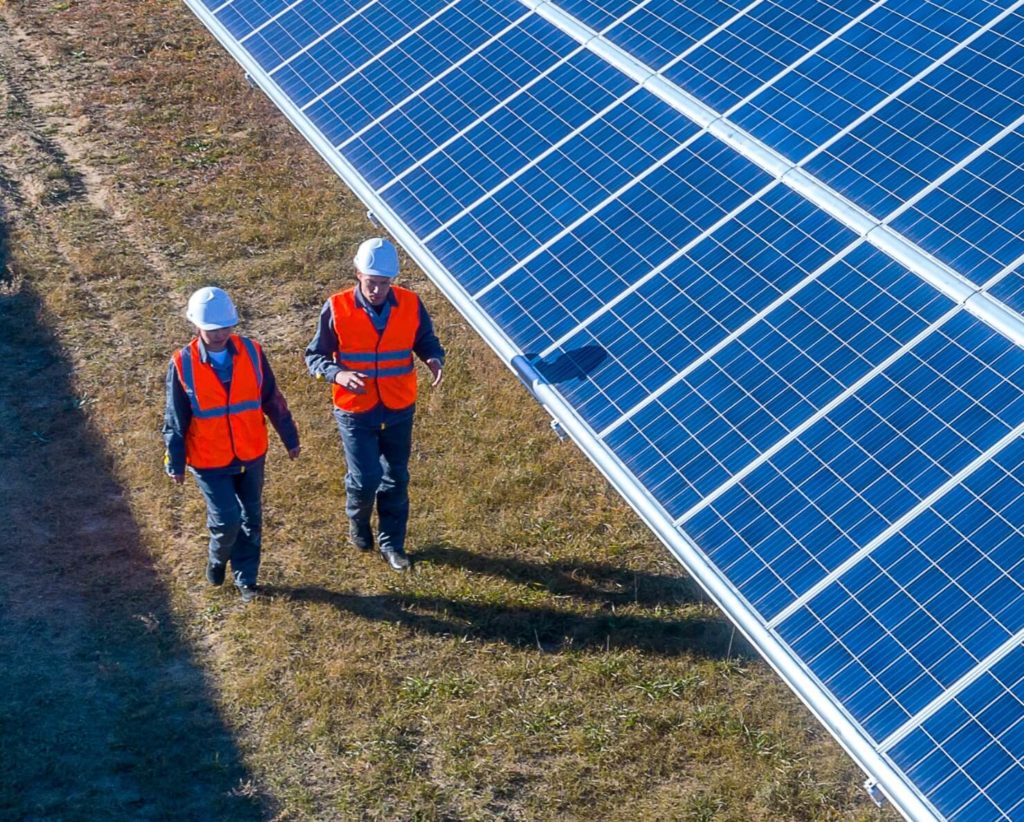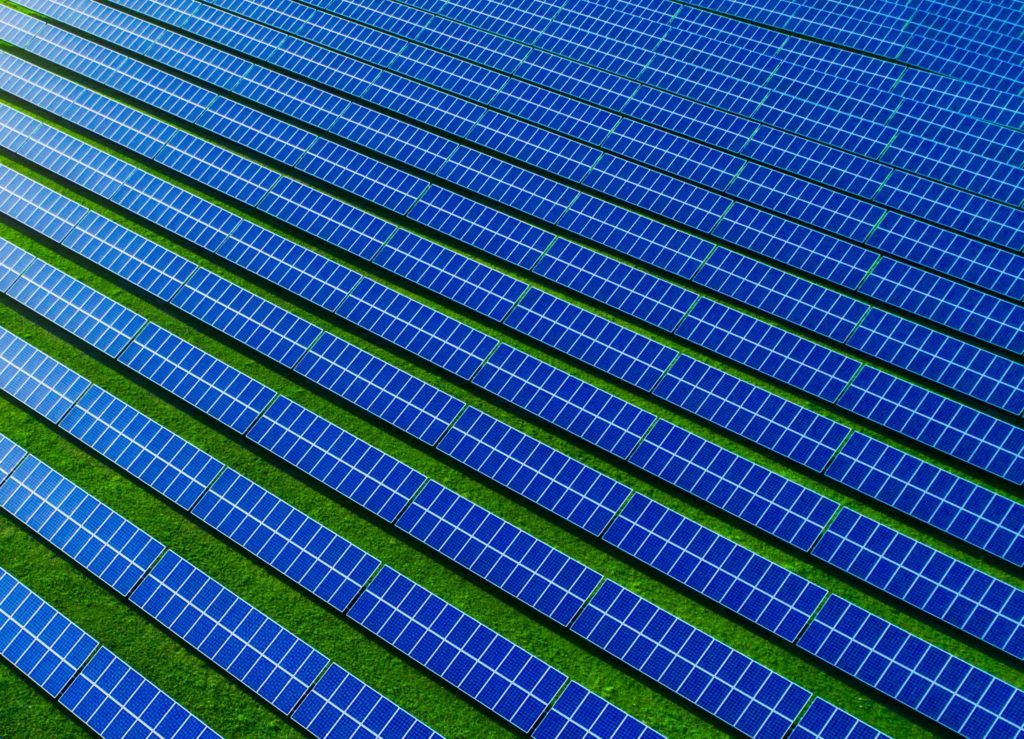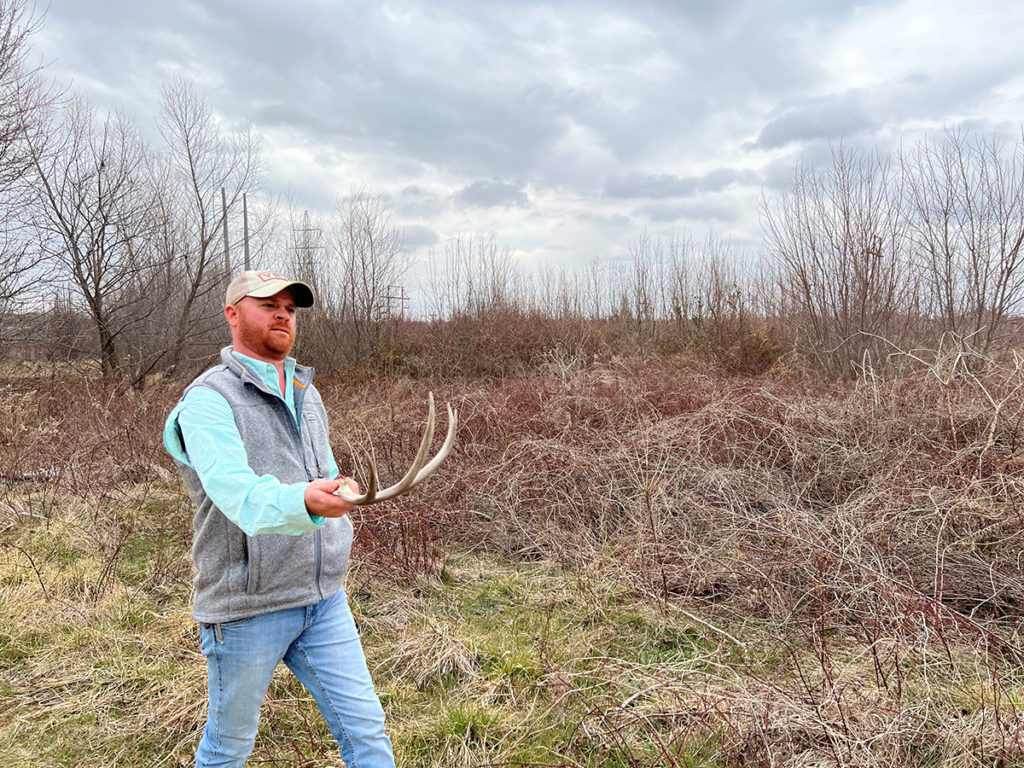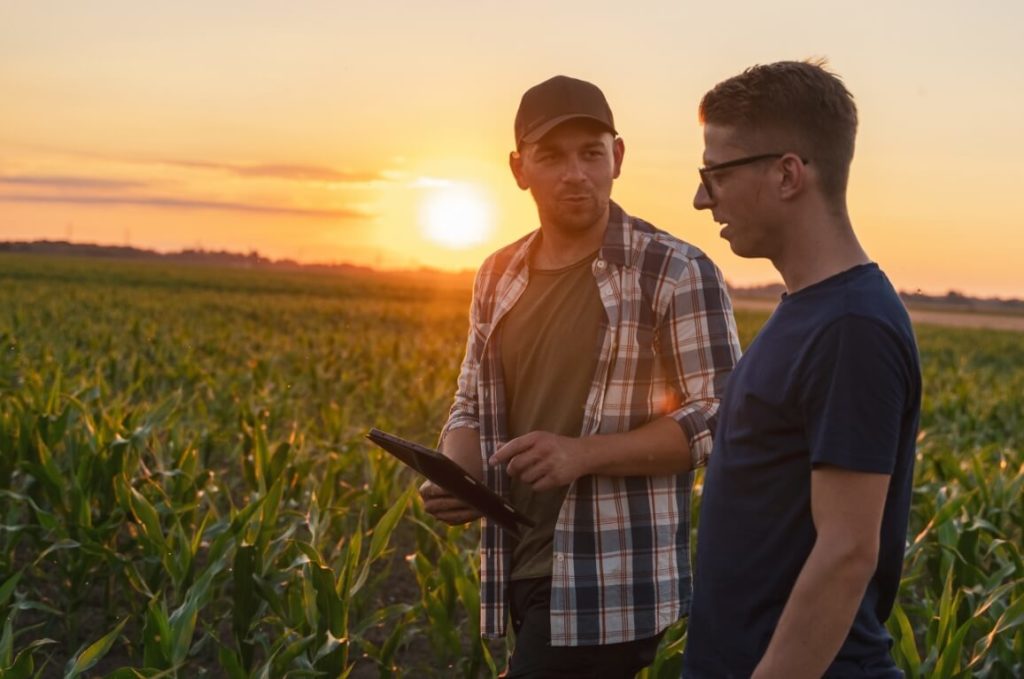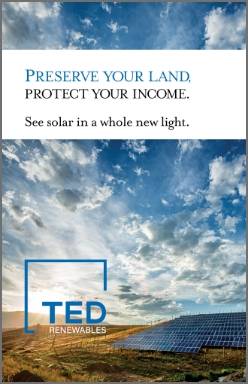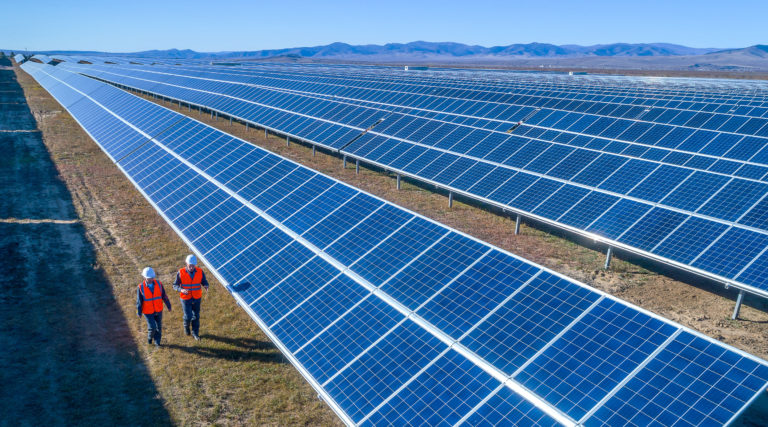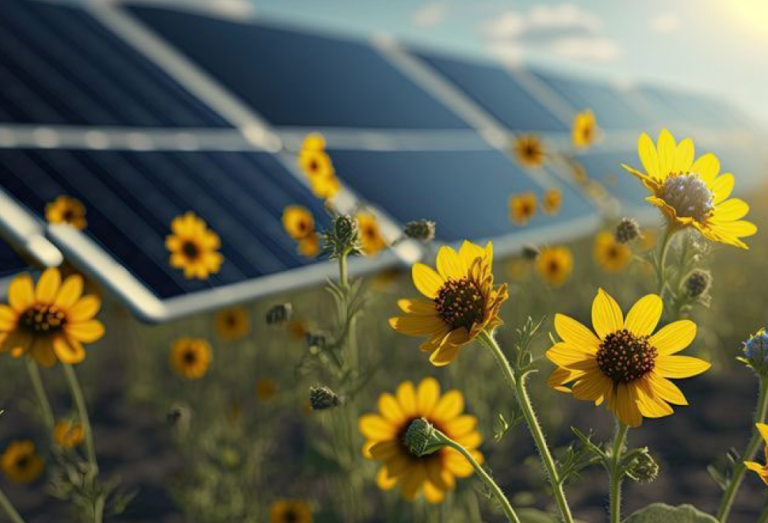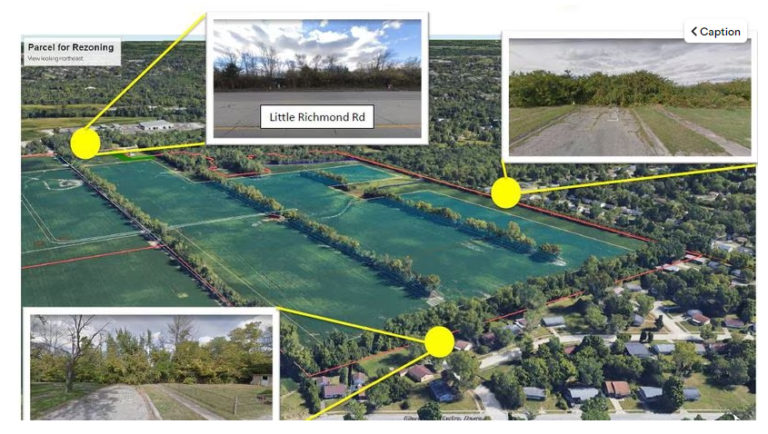Preserve Your Land, Protect Your Income.
See solar in a whole new light.
Your land can do even more than you imagine — and TED Renewables can help make it happen. If you’re considering a solar land-lease with TED Renewables, we want you to be well informed and confident on every decision you make. Here are some key things to know.


